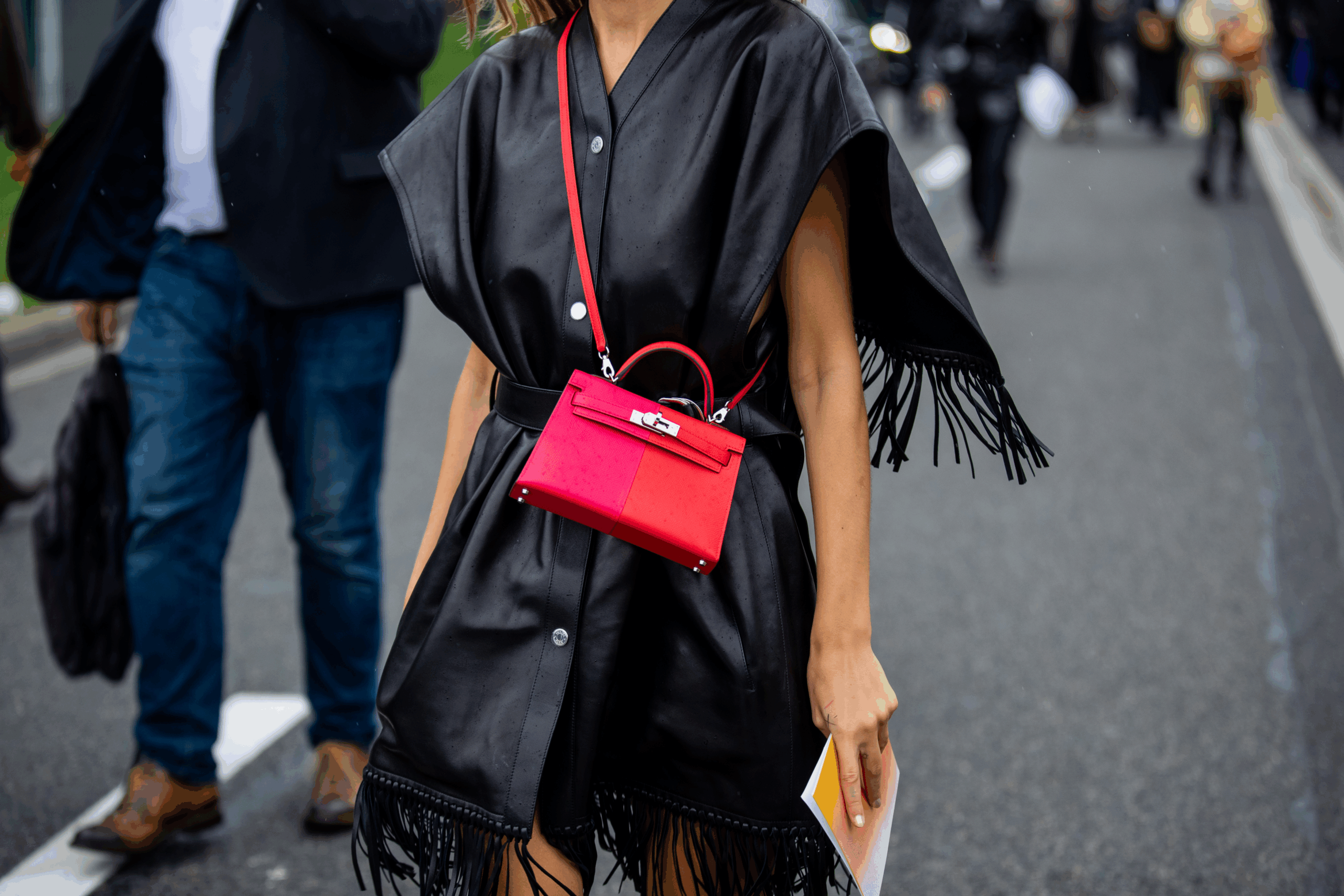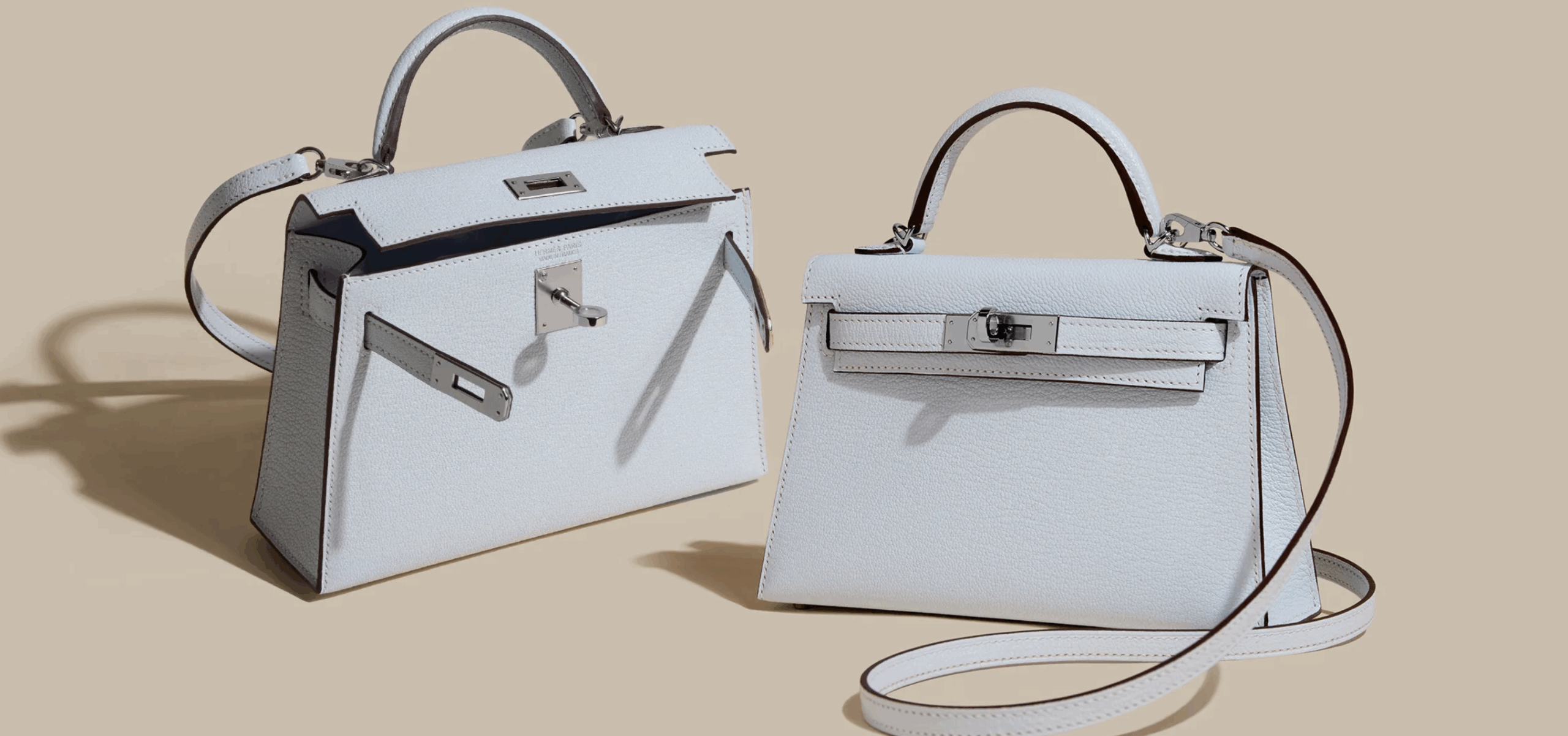Luxury never lingers. It just pops.
“Pop-Up.” Quick, catchy, a little bit chaotic. But behind the whimsy lies a well-oiled machine: branded temples disguised as temporary fun, where fashion, art, and marketing blur into one glossy hallucination.Borderline Luxury: The Birkin’s Fortress Policy
by Thea Elle | August 10, 2025 | Luxury Bags
In the heyday of luxury retail, buying a HERMÈS Birkin required nothing more than good timing and the ability to act nonchalant. Now, it’s a process that resembles immigration. Customers must produce official identification, pay with a matching credit card, and retrieve the item in person. The air of effortless indulgence has given way to the mechanics of compliance. An assistant cannot collect it for you. Shipping is out of the question unless your delivery address happens to exist in a fantasy version of Paris. The brand insists it’s about maintaining authenticity. Others see a border policy for bags.

The Era of Effortless Birkins
There was a golden window in the luxury world when landing a Birkin required neither stealth nor paperwork — only the right blend of enthusiasm and cash. You entered the boutique armed with a healthy budget and the patience to smile your way through discussions about accessories that cost as much as a used car but were destined never to leave the store. The process was its kind of ritual: a large purchase or two, a show of polite surprise at the suggestion of the Birkin, and then a discreet handover. No signatures. No database entries. No invisible velvet rope to step over.
The cost was always theatrical, but the purchase felt disarmingly human. You left the boutique with your treasure and a faint sense that both parties had upheld their end of an unspoken bargain. Today, that sense of ease has been replaced by the slow machinery of regulation. Now, securing a Birkin means proving exactly who you are, paying with a card bearing your name, and presenting yourself in person to collect the prize. The world of effortless indulgence has been traded for one that resembles an immigration queue, only with better lighting and far more leather.

From Global Playground to Gilded Checkpoint
The HERMÈS rules have quietly redrawn the map of buying a bag. What used to be a global playground for the wealthy has become a patchwork of tiny, in-person checkpoints. The brand will happily take your money, but only if you stand in the exact right place, at the exact right time, holding the exact right identification. The bag you desire might be sitting just a few hundred miles away, but unless you physically appear to claim it, it may as well be on the moon.
The effect is less about security and more about control. By making access inconvenient, HERMÈS turns each purchase into a story, a pilgrimage, a subtle reminder that ownership is a privilege, not a transaction. The scarcity feels curated. The hoops think deliberately. And yet customers jump through them willingly, because in the strange economy of luxury, the harder something is to get, the more it is worth telling people you got it.
The Paper Trail of Prestige
HERMÈS explains its customer protocols as a safeguard, ensuring both security and the integrity of each sale. Behind the PR, it is also a quiet strategy to blunt the thriving resale market, where a boutique-fresh Birkin might appear within hours at double the price. Requiring government ID, mandating in-person collection, and refusing to ship produces documentation so precise it could double as a museum archive.
Here, authenticity is as much about the journey as the product. It’s a test: can you plan your life around their rules? Can you prove loyalty not with words, but with receipts, travel bookings, and punctuality? In the realm of HERMÈS, buying a bag becomes an exercise in endurance — one that earns you both the item and the bragging rights that come with surviving the process.

Pay First, Prove Yourself Later
Only in the upper reaches of luxury retail could the balance of power be so wildly inverted. HERMÈS sells the product, sets the price, and controls the supply — yet the buyer is the one jumping through procedural hoops. To own a Birkin, you don’t just open your wallet. You bend your schedule, adjust your travel plans, and play by rules that seem designed to remind you who is in charge. In most industries, that would be a red flag. In luxury, it’s a badge of honor.
Think about it: if a dealership told you to drop everything and fly in tomorrow to collect your car, you would likely walk away. But replace “car” with “Birkin” and suddenly clients are booking tickets and calling it part of the adventure. The absurdity is the point — the more effort you expend, the more the brand’s myth solidifies around you.

Handbag Checkpoint: Papers, Please
HERMÈS’ regulations are less about security than they are about control disguised as ceremony. The ID verification, the mandatory in-person pickup, the time-sensitive availability — all of it adds friction that transforms a sale into a story.
This is luxury retail as theater, where scarcity is a prop and difficulty is a selling point. And the audience — the customers — are willing participants. They board planes, clear schedules, and carry their purchase as if transporting a diplomatic file. HERMÈS has made it so that the prize is not just the bag, but the act of proving you were allowed to have it.